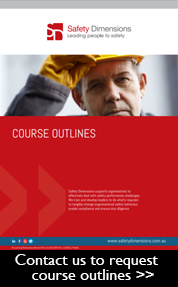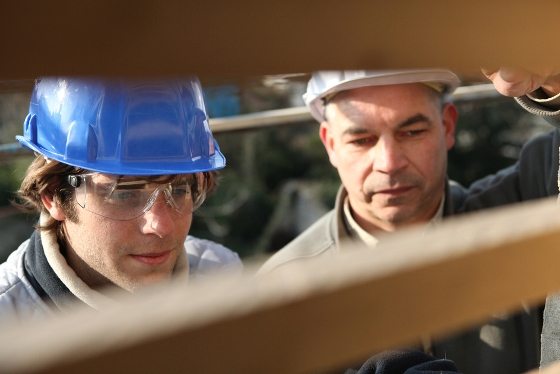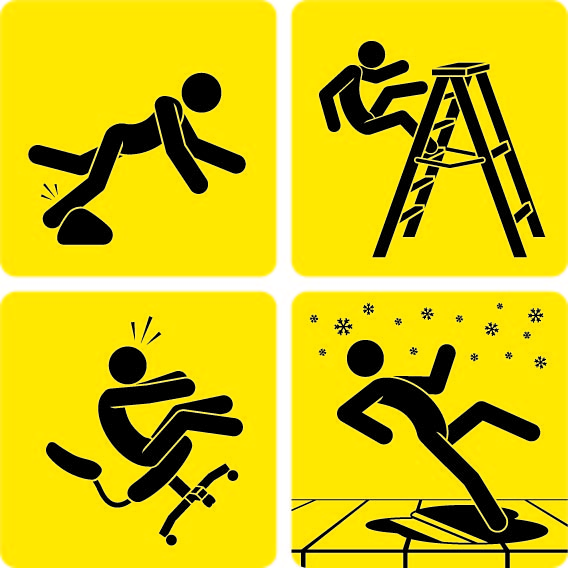
Ever attended a training program that didn’t flow or in which you felt confused or bored? Instead of being inspired by the content and taking in new information, you’re watching the clock and wishing that people would stop dragging out the day by asking questions so you could just get out of there?
If that sounds familiar, then it probably had nothing to do with the subject matter and a lot to do with how the training program was designed and delivered.
Let’s face it, your staff may not always be excited about attending training either. The reality is that most organisations need to train staff in subject areas that are business crucial and at the same time are perhaps considered dry or technically focused.
How do you ensure the information is transferred in a way that your staff will gain the intended value?
This is one of the most common problems we hear about.
25 years of designing and delivering training have taught us to successfully transfer knowledge or skills to the learner – regardless of the content – the design and delivery of a training program needs to be:
- Straight-forward and easy to remember
- Engaging and relatable
- Enables the learner to leave knowing how to apply what they have learnt into their everyday role.
We asked one of our lead instructional designers, Penny Salazar about the value of instructional design.
What turns complex or mountains of content into impactful training that works?
“An instructional designer’s job is to focus on outcomes and put learners at the centre of the training experience. Our job is to build engaging learning activities and develop ways for learners to practice skills in a way that is as close to real life as possible. Combine this with an excellent facilitator, and it is a recipe for something magical.
So, how can you evaluate your program design to see if it will create an awesome training experience before you commence training?
We always start by looking at the purpose of the program, or learning outcomes. Some programs need to equip learners with the knowledge and skills they need to do a specific job, whilst other programs focus on cultivating new or improved ways of thinking. This might be to drive business or culture improvements, such as an increased focus on workplace diversity and inclusion. We ask What do we want learners to DO / BE / ACT as a result of the training? This provides the roadmap to check off against both during, and at the end of the design process.
How do you make sure people retain and use the knowledge beyond the training program?
Organisations want to know that their investment in training is going to have an impact beyond the training session. If your program is all theory information and content without giving people the context – a why’ for being there – then it’s unlikely your training is going to be sustainable. Our program design gives a big focus on the why – because when people get the importance of how the learning can impact their role (and life) at a personal level – they own’ the learning experience. We also focus on how the design of the training motivates learners to apply what they’ve learnt into their day to day work life so learning outcomes and positive habits become the new way of getting things done – and that’s what training is all about.
In summary, if you ever receive feedback like boring’ or didn’t understand’ look at your instructional design first – it makes all the difference towards achieving the outcomes your organisation wants, and just as importantly – gives learners a really enjoyable experience.
Want more information on how we can help design bespoke or customised programs you can own, email us info@ldn.com.au
Want to talk about instructional design?
We can partner with you to find the right solution for your training needs be it bespoke, customised, tailored or off the shelf.
More from our blog
Donald’s Disney Safety Video – A Blast From The Past With Relevance Today
Sometimes it takes the ridiculous to remind us how our behaviours and safety standards can be in complete contrast from one environment to the next. In this classic slap-stick Disney cartoon from 1956, J. J. Fate follows Donald Duck through his workday, contrasting...
Waiting For Safety – Why Young People “Wait and See” To Report Hazards
A recently published Canadian study by the Journal of Safety Research showed that young people considered their supervisors one of the barriers to injury prevention and reporting. The study titled Waiting for Safety: Responses By Young Canadian Workers To Unsafe...
Workers Compensation – What does it cost?
According to Safe Work Australia's 'Key Workers’ Compensation Information Australia 2013 Report'*, in the year 2010-11 there were 127,330 serious workers’ compensation claims involving one or more weeks of time lost from work, a permanent incapacity or fatality. This...




